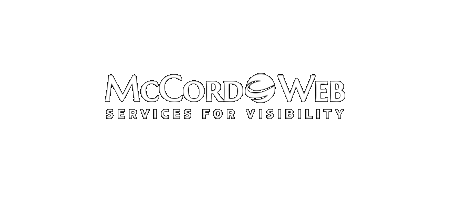Google recommends that website owners start to provide special XML code snippets to assist it in sorting and categorizing their website data. This is called structured data and is usually done in a format known as microdata. This new format is not hard to understand nor is it hard to…
-
-
How to Develop a Keyword List for Your Organic Strategy
Even though Google says don’t keyword stuff your site or write content using an unnatural keyword density, it is still important to do careful keyword discovery and analysis as part of your content creation strategy. So how do you develop a keyword list that helps you and your writer to keep focus?…
-
Google’s Duplicate Content Penalty – Is It Fiction?
I read this article at SiteProNews with interest “Duplicate Content — It’s Time to Shatter the Myths” by Martin O’Neill. In the article the author states: “..feel free to use content from online sources but your long-term goal should be producing quality, original content and material that will serve your website…
-
Google Says It Hates Keyword Stuffing But Why Do Top Sites Still Use It?
Google hates keyword stuffing and clearly addressed this SEO tactic in the Panda update last year. In fact, Google actually states this in their webmaster guidelines about keyword stuffing: “Filling pages with keywords or numbers results in a negative user experience, and can harm your site’s ranking. Focus on creating useful,…



